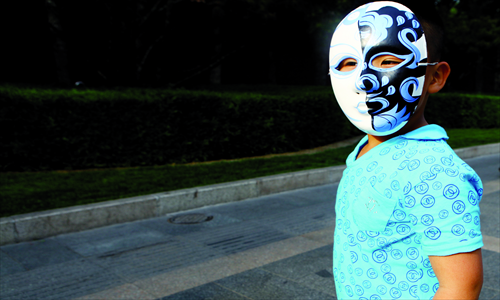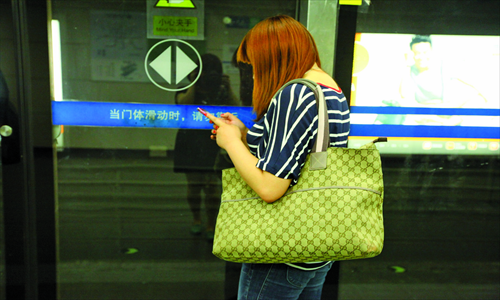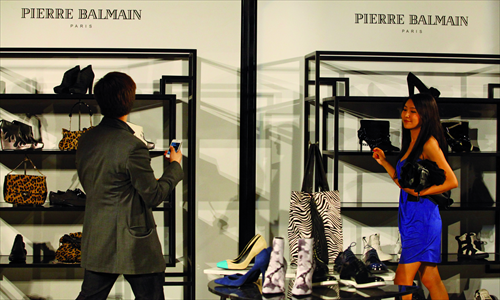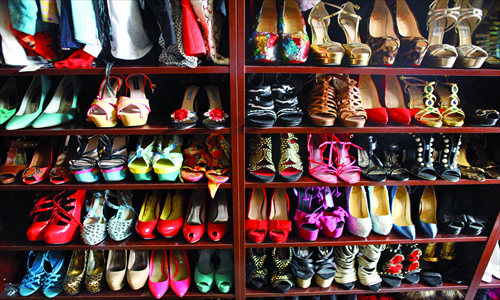Fake it till you make it
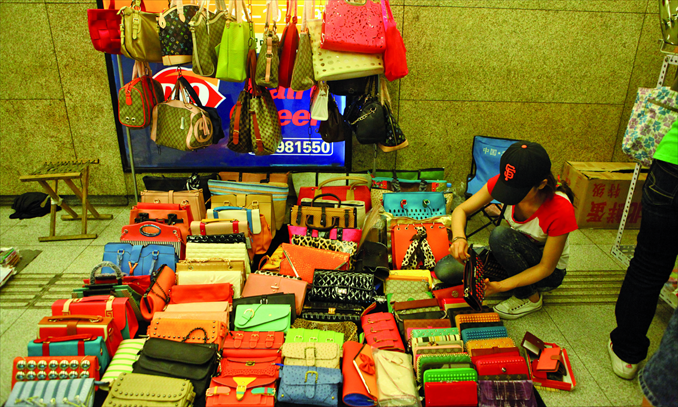
The lust of Chinese buyers for luxury goods nowadays has retailers everywhere rubbing their hands in glee, but the market itself is taking some curious turns.
More than 80 percent of globally recognized luxury brands have now entered China. The fast-growing Chinese middle-class is a stable bolster for the luxury goods market. Consultancy group Mckinsey & Company estimates China will soon make up one fifth of the world luxury goods market and surpass Japan to become the world's biggest consumer by 2015.
But China's size, diversity and shanzhai (copycat) culture, combined with insufficient protection of intellectual property rights, have left foreign brands dismayed by a profusion of imitators.
While China's rich rival their foreign counterparts in conspicuous consumption, poorer Chinese are no strangers to these brands, either. Fake products are easily available at street stalls and some big markets at very cheap prices. Other goods sell under domestic brand names, but are virtually indistinguishable from famous global labels.
The authorities have repeatedly launched anti-counterfeiting campaigns in recent years, but the effects so far have been barely visible in the marketplace.
So when somebody proudly brandishes their handbag or wears a new designer shirt, it might mean profits for Paris or Milan, or, more likely, another shanzhai product fresh off the line.
Global Times

